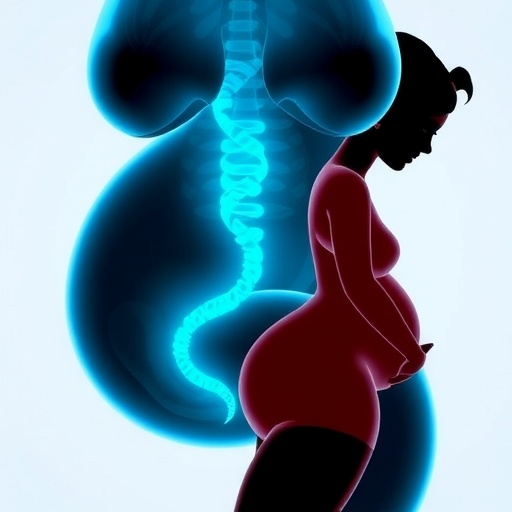The U.S. Food and Drug Administration has granted authorization for a magnetic device used to treat pediatric esophageal atresia, a birth defect that causes abnormal formation of the esophagus. The Flourish™ Pediatric Esophageal Atresia device was created by University of Chicago Medicine assistant professor of radiology Mario Zaritzky, MD, in collaboration with Cook Medical.
Esophageal atresia is a birth defect of the esophagus that affects about 1 in 2,500 to 4,000 births per year. Children with the malformation have a gap in their esophagus that prevents them from properly ingesting food. Surgery has traditionally been the only treatment option to repair the malformation until Zaritzky, a pediatric radiologist at the University of Chicago Medicine Comer Children's Hospital, collaborated with Cook on the development of a minimally invasive, magnet-based approach.
The new device uses rare earth magnets that are inserted into the upper and lower ends of an infant's esophagus. The procedure doesn't require any major incisions. Over the course of several days, the magnets gradually stretch both ends of the esophagus. Eventually, the ends of the esophagusconnect to form an intact esophagus. So far, 16 patients have been successfully treated with the device.
"The idea was to create a minimally invasive procedure that could possibly be an alternative to surgery in selective pediatric cases," said Zaritzky. "Any procedure that can potentially replace major thoracic surgery with a less invasive method should be considered before deciding to go to the operating room."
The Flourish Pediatric Esophageal Atresia Device received a special Humanitarian Use Device designation last week after being reviewed through the FDA's Humanitarian Device Exemption pathway. The designation is used for medical devices that treat or diagnose rare diseases or conditions that affect fewer than 4,000 people in the U.S. each year.
"We're very excited that FDA has acknowledged the importance of Flourish as a minimally invasive alternative for pediatric patients with esophageal atresia," said Barry Slowey, president and global business unit leader for Cook Medical's Endoscopy business unit. "This technology has the ability to provide a different approach to treatment for those infants who suffer from this condition, as well as for their parents and families."
The FDA's approval means more children born with the malformation will have access to a minimally invasive option and be able to avoid surgery.
###
About the University of Chicago Medicine & Biological Sciences
The University of Chicago Medicine, with a history dating back to 1927, is one of the nation's leading academic medical institutions. It comprises the Medical Center, Pritzker School of Medicine and the Biological Sciences Division. Its main Hyde Park campus is home to the Center for Care and Discovery, Bernard Mitchell Hospital, Comer Children's Hospital and the Duchossois Center for Advanced Medicine. It also has a 108,000-square-foot facility in Orland Park as well as affiliations and partnerships that create a regional network of doctors in dozens of Chicago-area communities. UChicago Medicine offers a full range of specialty-care services for adults and children through more than 40 institutes and centers including an NCI-designated Comprehensive Cancer Center. It has 805 licensed beds, nearly 850 attending physicians, about 2,500 nurses and over 1,100 residents and fellows. Harvey-based Ingalls Health joined UChicago Medicine's network in 2016.
Visit our research blog at sciencelife.uchospitals.edu and our newsroom at uchospitals.edu/news.
Twitter @UChicagoMed
Facebook.com/UChicagoMed
Facebook.com/UChicagoMedComer
Media Contact
Kat Carlton
[email protected]
773-256-7173
@UChicagoMed
http://www.uchospitals.edu
############
Story Source: Materials provided by Scienmag




